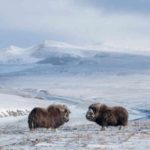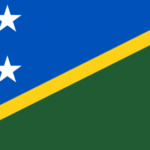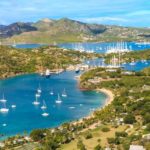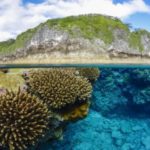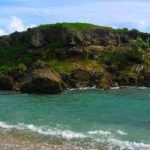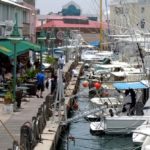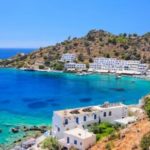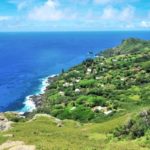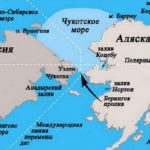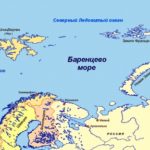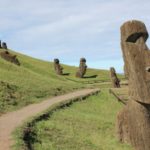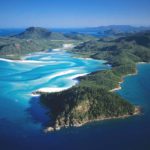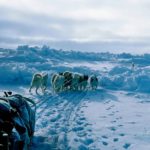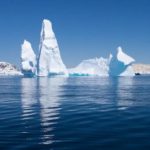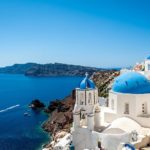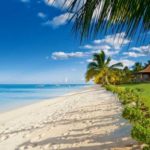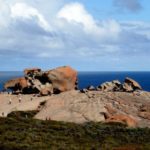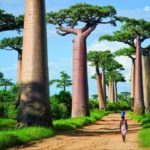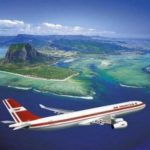Wrangel Island
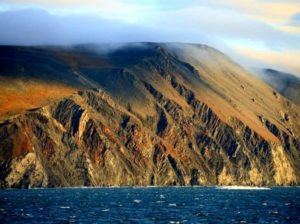 The island of polar bears – “Umkilir” – this is the name of the Wrangel island by local residents. It is located in the waters of the Arctic Ocean between the East Siberian and Chukchi Seas.
The island of polar bears – “Umkilir” – this is the name of the Wrangel island by local residents. It is located in the waters of the Arctic Ocean between the East Siberian and Chukchi Seas.
The island got its name in honor of the Russian navigator and statesman Ferdinand Wrangel. Currently, Wrangel Island is part of the reserve of the same name and is included in the list of UNESCO World Heritage Sites.
Since the mid-17th century, Russian explorers have heard from the inhabitants of Chukotka about a certain island in the Arctic Ocean, but on maps it appeared only after 200 years. In 1911, the island was declared Russian territory, although after that there were several attempts by Britain to annex it to their lands. But the great remoteness, ice hummocks and nature itself protected this region from the encroachment of foreigners on this primordially Russian northern land.
In 1976, a nature reserve was created on Wrangel Island, which includes, in addition to the island itself, the territory of the nearby Herald Island and the adjacent 12-mile sea area. The main objective of this reserve is the conservation and study of the fauna of the island part of the Arctic.
The climate of the Wrangel Island nature reserve is rather severe. From February to March, the temperature rarely rises above -30 degrees, and the wind accompanying the blizzards reaches a speed of 40 meters per hour and above. Even in the summer frosts and snowfalls occur. Ice masses on the islands persist year round.
The relief of the Wrangel island is mountainous, the mountains occupy more than half of the island. At the sea, they break off the cliffs. In places where the shores are more gentle, sand and pebble spits are found. In addition, there are streams on the island – more than one and a half thousand, and about 900 lakes.
The island of Herald is a tall outlier, which from all sides breaks into the sea with rocky steep ledges.
Most representatives of the flora and fauna under the protection of the Wrangel Island nature reserve are unique. The reason for this is the exceptional combination of historical and landscape-climatic conditions, as well as the inaccessibility of the island. Even relict animal species are found here. On the islands, which are part of the ancient land that united the Eurasian and North American continents in ancient times, American and Euro-Asian species of flora and fauna have been preserved. Most of the plant world of Wrangel Island belongs to the subzone of the arctic tundra. In some places of the island is a real polar desert. In the southwest and in the center of the island flowering plants quite safely grow. Here you can see the real relic steppes.
Amphibians and reptiles are completely absent on the territory of the reserve, but 169 species of various birds nest here, for example, common eider and comb, Icelandic sandpiper, peregrine falcon and gyrfalcon. By the way, the largest goose colony in Eurasia is located on Wrangel Island.
Common for this region Siberian and ungulate lemmings, as well as arctic foxes, make up the bulk of terrestrial mammals. Occasionally, a wolverine, fox or wolf appears. Walruses often appear on the island – the largest rookery of these animals is located here. The island serves as a kind of “maternity hospital” for them. At such rookeries, polar bears are frequent guests.
The island is home to a fairly large number of musk ox. These huge, thick-coated animals, the local frosts do not care. This is their home and they feel great on the island. Domestic reindeer were brought here on purpose. They took root perfectly, over time they became a little wild and now make up some of the island’s fauna.
Gray whales, finwales, beluga whales are not uncommon in the local waters. Sometimes whales swim from Greenland.
The island is also of geological value – the sites of an ancient man were found here, as well as traces of a small mammoth population that survived its mainland relatives for almost 6 thousand years. By the way, mammoths lived on Wrangel Island relatively recently – only 3.6 thousand years ago.
Tourism on the island began to develop only in recent years. This is significantly prevented by its removal. Nevertheless, several tourist groups annually come to the cordon under the name “Doubtful Bay.” Most of the trips around the island are carried out by all-terrain vehicles.
